The development of the Common International Framework of Reference for Future Readiness (CIFR) for Students occurred in two separate stages. In the first stage, the research process focused on identifying the necessary skills for students to become proficient lifelong learners and versatile individuals with diverse knowledge and skills, often referred to as 'polymaths'. A list of over seventy skills that were considered essential for future readiness was compiled by the researchers. These skills were then categorised into nine groups, which are referred to as the CIFR Dimensions for Students.
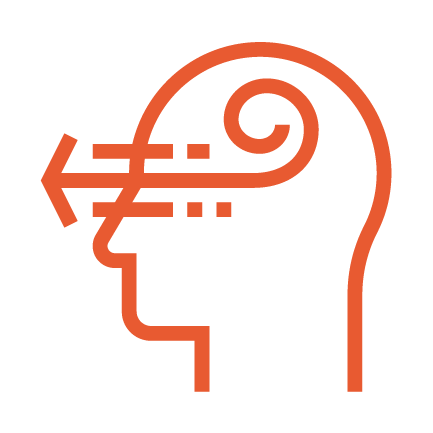
Natural Abilities

Acquired Abilities
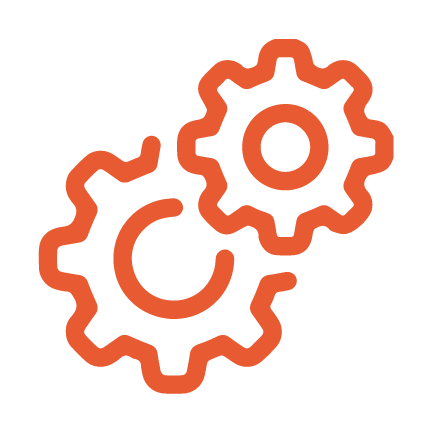
Technological Skills
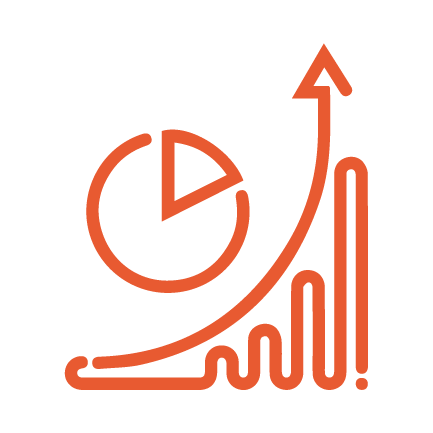
Analytical Skills

Entrepreneurial Skills
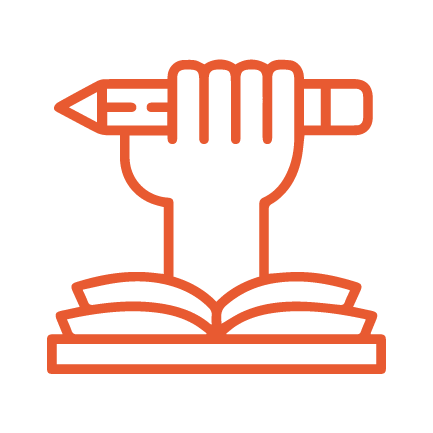
Learning Power

Communication Skills

Universal Awareness
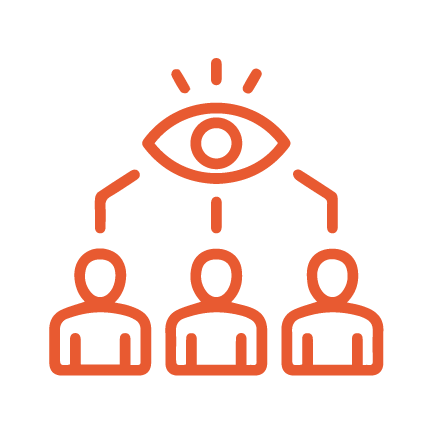
Social Perception
In the second stage, the research team focused on creating a comprehensive scale and formulating corresponding 'can do' statements for each CIFR dimension, encompassing a range of skill levels. These statements concisely express the proficiency of users in demonstrating their abilities.
The research project resulted in the development of a scale consisting of eight levels, ranging from A1 for basic skills to D2 for advanced future-ready abilities. The scale's extensive coverage makes it highly accessible for individuals interested in enhancing their future-ready skills. It is also beneficial for educators to evaluate their students' strengths and weaknesses and address any areas of knowledge gaps.
The CIFR for Students is divided into four main bands, labelled as 'Elementary', 'Intermediate', 'Advanced' and 'Expert' levels. Additionally, each of these bands is divided into two further levels, resulting in a total of eight levels, as explained in more detail below.
| Broad band | Level | General description | score (in %) |
|---|---|---|---|
| Elementary | A1 | You can demonstrate a comfortable grasp of fundamental skills, competencies and abilities which serve as a solid foundation for acquiring additional ones. | < 32 |
| A2 | You can demonstrate confidence in numerous fundamental skills, competencies and abilities, many of which you employ effortlessly and are part of your daily routine. | 33-40 | |
| Intermediate | B1 | You can demonstrate competence across familiar areas and can execute, with some ease, the skills necessary to navigate these areas. | 41-50 |
| B2 | You can demonstrate competence across familiar and some unfamiliar areas and can execute, with relative ease, the skills necessary to navigate these areas. | 51-60 | |
| Advanced | C1 | You can demonstrate competence across a range of areas and can execute, with ease, the skills necessary to navigate these areas. | 61-70 |
| C2 | You can demonstrate competence across a wide range of areas and can execute, with ease, the skills necessary to navigate these areas. | 71-80 | |
| Expert | D1 | You can demonstrate competence across a wide range of areas and can execute, with great ease, the skills necessary to navigate these areas. | 81-90 |
| D2 | You can demonstrate competence across most areas and can execute, with great ease and sophistication, the skills necessary to navigate these areas. | 91-100 | |
The Common International Framework of Reference for Future Readiness (CIFR) for Students represents a significant advancement in integrated learning, seamlessly combining skills and knowledge. Comprising nine dimensions, each encompassing a spectrum of skills with detailed descriptions of expected competence at each level, the CIFR for Students transcends mere skill profiling. It establishes a foundation for measuring and enhancing integrated skills across diverse subjects and fields, accounting for a student's overall learning power, natural and acquired abilities, analytical, technological and entrepreneurial skills, communication proficiency and universal awareness. Beyond assessing skill proficiency, the CIFR for Students evaluates adaptability to a rapidly changing world, navigating unforeseen circumstances, embracing change, acquiring new skills, demonstrating resilience, maximising potential, seizing emerging trends and technologies and fostering continuous personal and academic growth. In the classroom, variations in understanding and demonstrating elementary, intermediate, advanced and expert-level skills among students of the same age group and similar contexts are significant, especially across geographic regions. The CIFR for Students addresses this by serving as a universal benchmarking framework, facilitating accurate and reliable assessments through well-defined ‘can do’ statements. In academic settings, teachers can leverage these statements to assess their students' strengths and weaknesses and address areas of knowledge gaps. The framework also enables educators, school administrators, test centres, publishers and other stakeholders in education to align their courses, textbooks, tests and exams to a globally standardised framework. Beyond its contributions to the school ecosystem, the CIFR for Students aids parents in preparing their children for the future. It stands as a comprehensive tool for fostering a holistic and globally relevant approach to education.